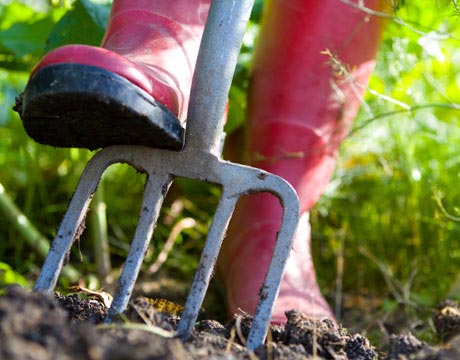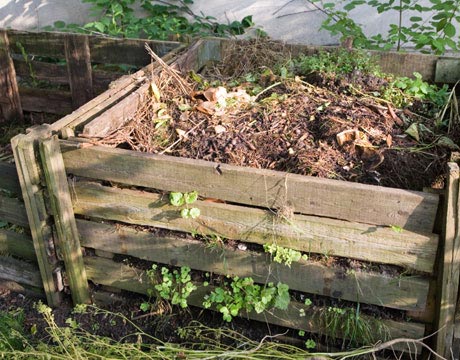Rose Gardening Tips
2. Growing garlic in your rose garden will help keep away unwanted pests.
3. Paint or purchase pruning shears that are a bright color other than green. They will be much easier to find when left behind with your plants.
4. Prune to open up the center of the plant. This will improve air flow inside the bush, reducing insect and disease problems.
5. Don’t forget climbing roses! They are a wonderful addition to the garden and can make a barren wall look great.
6. If you don’t have room in the garden for big bushes of roses, try planting them in pots and keeping them on your deck or patio.
7. Seal pruning cuts to prevent disease and cane borer problems.
8. If you’re serious about growing roses, join a rose society. It will provide you with access to a huge community of growers and other resources.
9. Is your wife (or husband) mad at you again? Nothing says love like a big bouquet of roses from your own garden. For major brownie points, give a potted rose so it can be enjoyed for a long time to come.
10. Cinnamon is a great natural fungicide. Mix it in with your growing media when repotting roses.
11. The best time to take rose cuttings is when they are growing vigorously, usually in early summer.
12. Try to water roses in the early morning so that any excess water on the leaves and blooms will evaporate quickly. Roses are very susceptible to fungal diseases.
13. Keep the trees and foliage around your rose bushes trimmed and cleared. Any unnecessary organic matter will reduce airflow and encourage infection.
14. If you live in a harsh climate, talk to someone at a local nursery about what kind of rose plant to grow in your area.
15. The most surefire way to prevent rose diseases is to plant varieties that are well adapted to your growing area.
16. Weed under rose bushes after a rain or thorough watering. They will be much easier to pull and you are more likely to get the whole plant.
17. When fertilizing container grown roses, make sure to use organic fertilizers – synthetic fertilizers contribute to salt buildup in the soil.
18. Mulch, mulch, mulch! Your roses will be happiest if you remember to mulch!
19. Select a planting sites that receive plenty of morning sun. It helps evaporate dew more quickly, which keeps fungal diseases away.
20. Want those big beautiful roses but don’t know what color to choose? Try white, they go with everything and look elegant.
21. As a general rule, fertilize after each flush of blooms and then stop fertilizing about 2 months before your first frost.
22. If you are working in a small space but want a lush look, try staggering your rose plants instead of planting them in straight rows. You’ll be able to fit more plants in while still giving them plenty of room.
23. Not all roses have fragrance! If you want a great smelling rose garden make sure to select only fragrant varieties.
24. Plant your roses in an easily accessible location. These are high maintenance plants that will require frequent attention.
25. When pruning, do your best to keep the remaining growth buds facing away from the center of the plant. While this may take some time to achieve, it will keep branches growing away from the plant.
Resource: planetnatural.com







